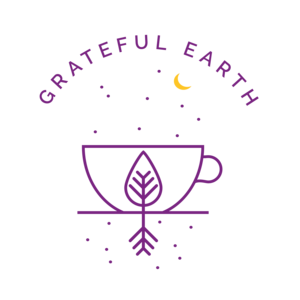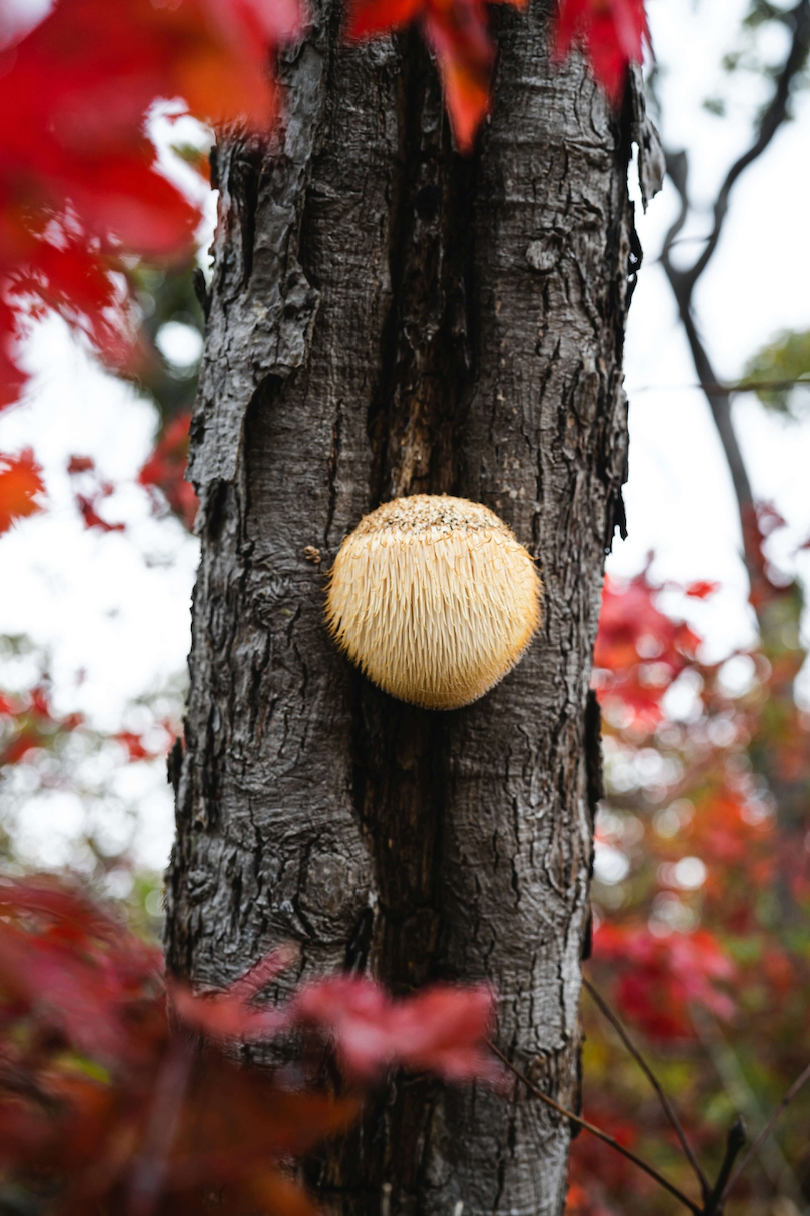Monk fruit is a tiny spherical fruit native to southern China. Monk fruit sweeteners are no-calorie sweeteners that can be used to reduce one's intake of added sugars while still providing pleasure from the taste of sweetness.
Low-calorie sweeteners include aspartame, and no-calorie sweeteners include monk fruit sweeteners, stevia sweeteners, and sucralose.
Sugar alcohols are sometimes grouped together as sugar substitutes, high-intensity sweeteners, nonnutritive sweeteners, low- and no-calorie sweeteners, or simply low-calorie sweets.
Monk fruit sweeteners are extremely sweet, just like other no-calorie sweeteners. Monk fruit sweeteners have a sweetness that is anywhere from 150 to 200 times greater than sugar, so only tiny amounts are required in a product to replicate the same amount of sweetness as sugar.
Monk fruit sweeteners may be used in a variety of beverages and meals, including soft drinks, juices, dairy items, desserts, candies and condiments. Because they are heat-stable, monk fruit sweeteners can be used in baked products.
However, because sugar performs several functions in culinary recipes such as volume and texture, a recipe utilizing monk fruit sweeteners instead of sugar may result somewhat differently since sweetness, but this is dependent on the sort of dish.
Monk fruit sweeteners are used in granular and liquid forms by a variety of companies, including Monk Fruit In The Raw®, Lakanto®, SPLENDA®, Whole Earth® and SweetLeaf®.
HOW ARE MONK FRUIT SWEETENERS MADE?
Monk fruit has been employed in Eastern medicine for millennia as a cold and digestive remedy. Extracts from monk fruit are being utilized in tabletop sweeteners, as well as to sweeten packaged meals and beverages.
Monk fruit sweeteners are made by removing the seeds and peel from the fruit, crushing it, filtering and extracting the sweet portions into liquid and powdered forms, and finally bottling or canning the completed product.
During the production of monk fruit sweeteners, monk fruit extract is frequently combined with erythritol to mimic table sugar and appear more realistic. Erythritol is a sugar alcohol that has no calories per gram and is classified as a polyol.

WHAT HAPPENS TO MONK FRUIT SWEETENERS AFTER EATING?
Monk fruit sweeteners are made up of mogrosides, which are carbohydrates with glucose units (glycosides) bonded to the backbone structure called mogrol. Mogroside V is the most important mogroside in monk fruit sweeteners.
The majority of what is known about how mogrosides are digested comes from research in animals. Animals are assumed to metabolize mogrosides in the same way that people do. Because no calories are absorbed via the upper gastro-intestinal tract, there is no need for them.
After eating, the glucose molecules in mogrosides are cleaved away by gut bacteria and used as a source of energy. The Mogrol and some metabolites are excreted primarily through the gastrointestinal tract, while minor amounts are absorbed into the circulation and eliminated in the urine.
Erythritol is a natural sweetener found in some monk fruit sweeteners. Within 24 hours, erythritol is mostly absorbed via the small intestine and 90% of it is eliminated through the urine.
Is It Safe to Consume Monk Fruit Sweeteners?
Extracts from monk fruit are Generally Recognized As Safe (GRAS), a regulatory review category used by the United States Food and Drug Administration (FDA). Erythritol is also GRAS according to the FDA, which permits its use in a range of foods and beverages.
The FDA must obtain expert agreement that a food ingredient is safe for its intended use under GRAS. The FDA responded in 2010 with no objections to the initial GRAS notification submitted on extracts from monk fruit, whose scientific name is Siraitia grosvenorii. For further information on the GRAS process, see the "What Is GRAS
The European Food Safety Authority (EFSA) issued a scientific statement in 2019 that said data was insufficient at the time for EFSA to render an opinion on the safety of monk fruit extracts in foods.
Monk fruit extract has been studied and determined to be safe by health authorities in countries all over the world, including China, Japan's Ministry of Health, Labour and Welfare, Food Standards Australia New Zealand (FSANZ), and Health Canada.
FSANZ acknowledged a history of safe usage in China, Canada, Japan, and the United States, as well as no proof of harmful effects in human studies at dosages up to 60 mg (mg) per kg of body weight per day from consuming monk fruit extracts. Adverse reactions have not been clearly demonstrated in animal tests when high doses of mogrosides were fed.
Monk fruit extract is now approved in more than 60 countries, although an acceptable daily intake (ADI) has not been determined. The ADI is frequently 100 times lower than the quantity of a chemical that was found to cause no observed adverse effects in toxicology studies.
According to the FDA, one of the reasons why an ADI may not be established for a chemical is if there is evidence that consumption levels far above those required to sweeten a food or beverage are safe.

Is It Safe for Children to Eat Monk Fruit Sweeteners?
YES. While no research has been done on monk fruit sweetener use in children, there have been no negative health effects observed in animal studies or adults.
Monk fruit sweeteners, unlike other sweeteners such as sugar and erythritol, do not add any calories to a child's meals or beverages. Monk fruit sweeteners are nonfermentable, so they don't cause tooth decay.
In recent decades, the number of foods and beverages with low-calorie sweeteners has risen, as efforts have been made to decrease sugar consumption.
According to observational research conducted in the United States among kids and adults, the proportion of individuals who consume low-calorie sweeteners on a daily basis has grown; nevertheless, current intake of each low-calorie sweetener is deemed to be well within acceptable limits worldwide and in the United States.
IN CONCLUSION
Low- and no-calorie sweeteners, like monk fruit, are not any different. In addition, monk fruit is one of the many safe alternatives that may be added to broader weight reduction or weight maintenance programs.
What matters most is to establish a healthy eating style that you can maintain with other good lifestyle habits that are long-term and appropriate for your health and lifestyle needs.
You might want to consider using monk fruit sweeteners as a sugar alternative if you are seeking to reduce your intake of added sugars.






